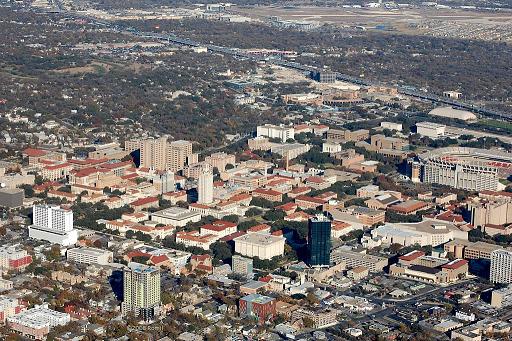
Steve Lutz is doing a great job of working through significant questions for campus ministries, and I thought it would be a good opportunity for me to think through these as well.
Click here for the overview of the issues.
Missiology
Steve asserts that there are three major components that need development in college/campus ministry:
- We need a missiology of our people-group: college students.
- We need a missiology of our context: higher education/academia.
- We need to practically about what missional campus ministry looks like.
I’ll post my thoughts on each in a few posts.
Missiological perspective of the people group: College Students
From a purely missiological understanding, I think it is difficult to say that college students are a “people group” as it is traditionally defined – a group of people in which the gospel can travel without encountering a barrier in language or in culture. There are certainly generational and cultural differences, but I would probably consider college students as a sub-category of a larger people group.
I think research studies on the broad scale (UnChristian, Lost and Found, etc.) are useful in understanding generalities and typical worldviews of this group of people, but the best research happens through listening to the many voices that swirl around your campus. Localized, specific demography is far more important to the work you will be doing in campus reaching than general statistics and broad scale numbers.
Why is this? Because campus ministry is by nature a fluid, dynamic, and rapidly changing environment which require incredible adaptability and flexibility in methodology. Every year at the University of Texas, we have ~12,000 new freshmen entering each year, and a complete turnover of the campus population happens every 4 to 4.5 years. From a missiological standpoint, this is an incredibly complex and difficult problem, as the “people group” is changing so rapidly.
So what are we to do? I think in many ways the answer is to identify what I call “communities of continuity” on a campus. Most people would define their strategy for reaching campus as a missionary by the typical college delineation (major, graduating class, dorm, etc.). Some of these are good choices, but are not necessarily places or environments that students are primarily engaging in community.
Perhaps a better alternative is to search for places on your campus that have continuity over the span of 3 to 4 years in relationships and identity. Fraternities and Sororities are a great example of existing communities of continuity. The are self-sustaining and perpetuating, and typically a primary place of relational engagement. There are some clubs and academic programs similar to this, as well as most athletic teams.
From a strategic standpoint, this then is where the cultural exegesis needs to happen. What does this particular grouping of students think about the gospel, and how can I incarnationally engage them as the church? This is where the large scale studies can be helpful, but are often limited in accuracy. Students are the best missionaries in this context, because they are already engaging in these communities, and we must learn to equip them to speak the gospel into their context well.
Hopefully I’ll write on this more soon…
Leave a Reply